COSMETIC STANDARDS
Subtle differences in color, grain, as well as the presence of cracks and knots, are distinctive attributes that highlight the individual character of the wood, contributing to the distinct qualities of each piece. These slight variations are highly sought-after, enhancing the genuine beauty of the wood.
It's crucial to acknowledge that these features are unique to each item and should not be regarded as defects.
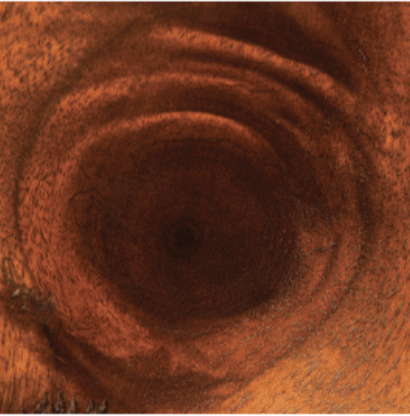

Knots
Knots represent natural imperfections in the wood, forming where tree branches were enclosed within the trunk. Given that HTD furniture is crafted from the entire tree, knots of diverse sizes and shapes will naturally be part of the design. In some cases, small cracks may appear within the knots. It's important to note that these minor cracks do not compromise the structural integrity of the furniture and are not deemed defects.
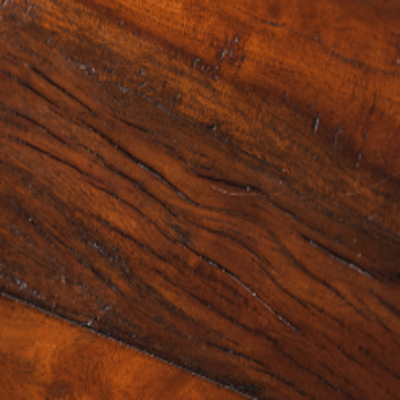

Checking
Checks, which are hairline cracks in the wood resulting from natural tree movement due to wind and environmental elements, are inherent in the tropical hardwoods used by HTD. Fluctuations in climate, environmental conditions, and factors like air conditioning, heaters, and sunlight may cause these cracks to open and close over time. This occurrence is unavoidable and not considered a defect.
In some cases, minor touch-ups with a stain marker may be necessary.
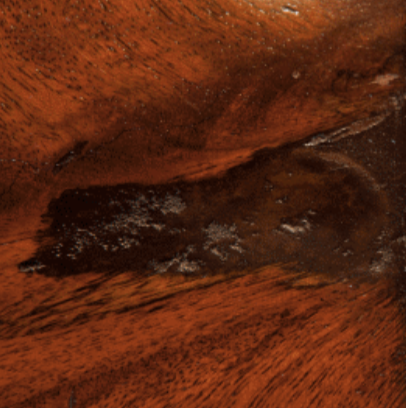

Filler
Given that HTD utilizes the entire tree in crafting its furniture, certain knots and wind cracks may require the application of filler. HTD exclusively employs high-quality epoxy-based filler renowned for its durability, ensuring its longevity matches that of the furniture. While efforts are made to closely match the coloration, the presence of filler, if noticeable, is not considered a defect. This strategic use of filler aligns with our commitment to eco-friendliness by minimizing wood waste during the crafting process.
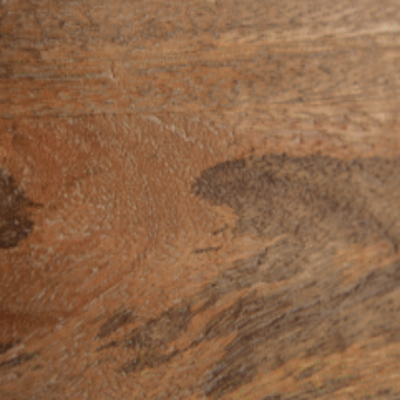

Mineral Deposits
The natural minerals like iron, phosphate, calcium, etc., present in the soil where the tree grew can result in variations in wood grain. These variations may manifest as rings, circles, lines, or shades darker or lighter than the regular wood grain. These characteristics are intrinsic, unavoidable, and not classified as defects.
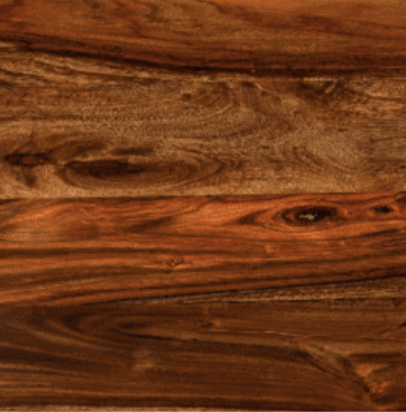

Grain Difference
HTD's solid hardwood furniture utilizes tropical hardwood with pronounced grain and color variations. These differences contribute significantly to the product's beauty, turning each piece into a unique work of art. Therefore, these variations are inherent, unavoidable, and not regarded as defects.
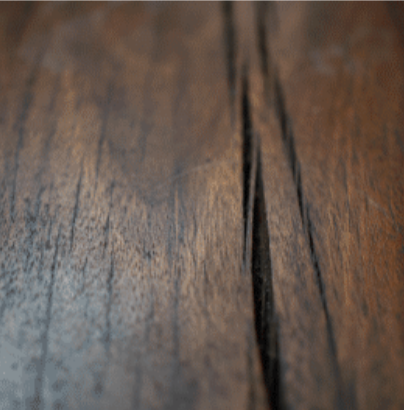

Natural Cracks
Seasonal cracks and splits, while normal in solid tropical hardwood furniture, may occasionally emerge. Often, these natural cracks result from environmental changes like humidity and sunlight. They are a natural aspect of the wood, influenced by the tree's movement due to wind and natural forces. If the crack is within reasonable limits, it won't impact the furniture's structural integrity and is not deemed a defect.
Download our HTD Cosmetic Standards Document, easily accessible to you and your customer by using the button below.
CONSTRUCTION
DETAILS
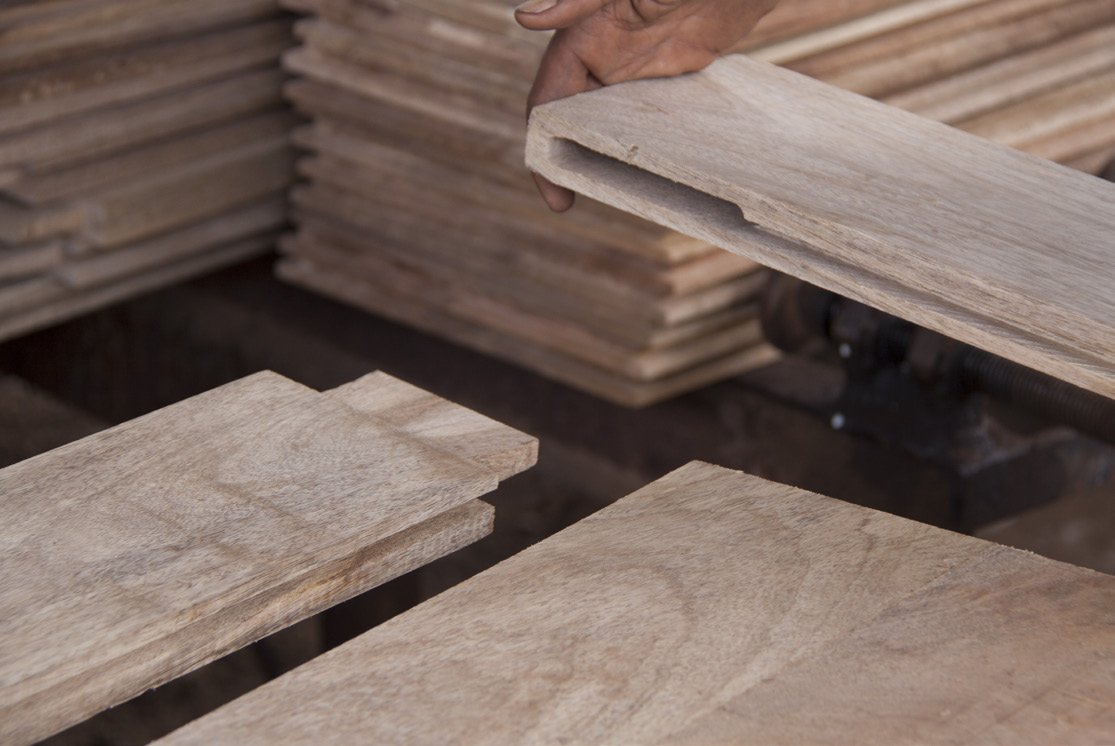

Mortise & Tenon Joinery
One of the oldest forms of furniture construction, mortise and tenon joinery dates back hundreds of years. Originally used to construct panels, tabletops, beds, this technique was used in eras before glues and other methods of construction. Mortise and tenons create extremely strong structural integrity, because the wood is interlocking. This serves as the primary method of construction used by HTD in most of its furniture.
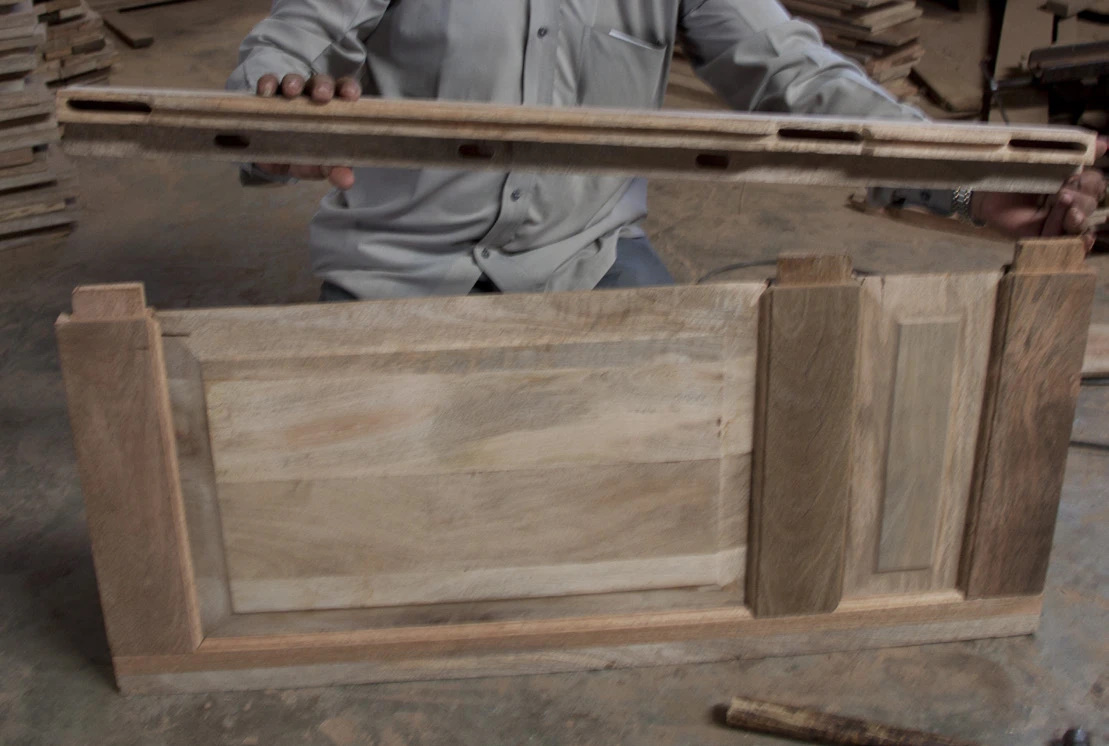

Floating Panels & Tops
Within the frame, held together with mortise and tenons, wood panels are inserted along a tongue and groove, which allow for the natural movement of solid wood. This is an essential element of constructing heirloom furniture, because solid wood panels must have room to breathe. The panel “floats” within the frame structure (no glue or nails are used) which prevents cracking.
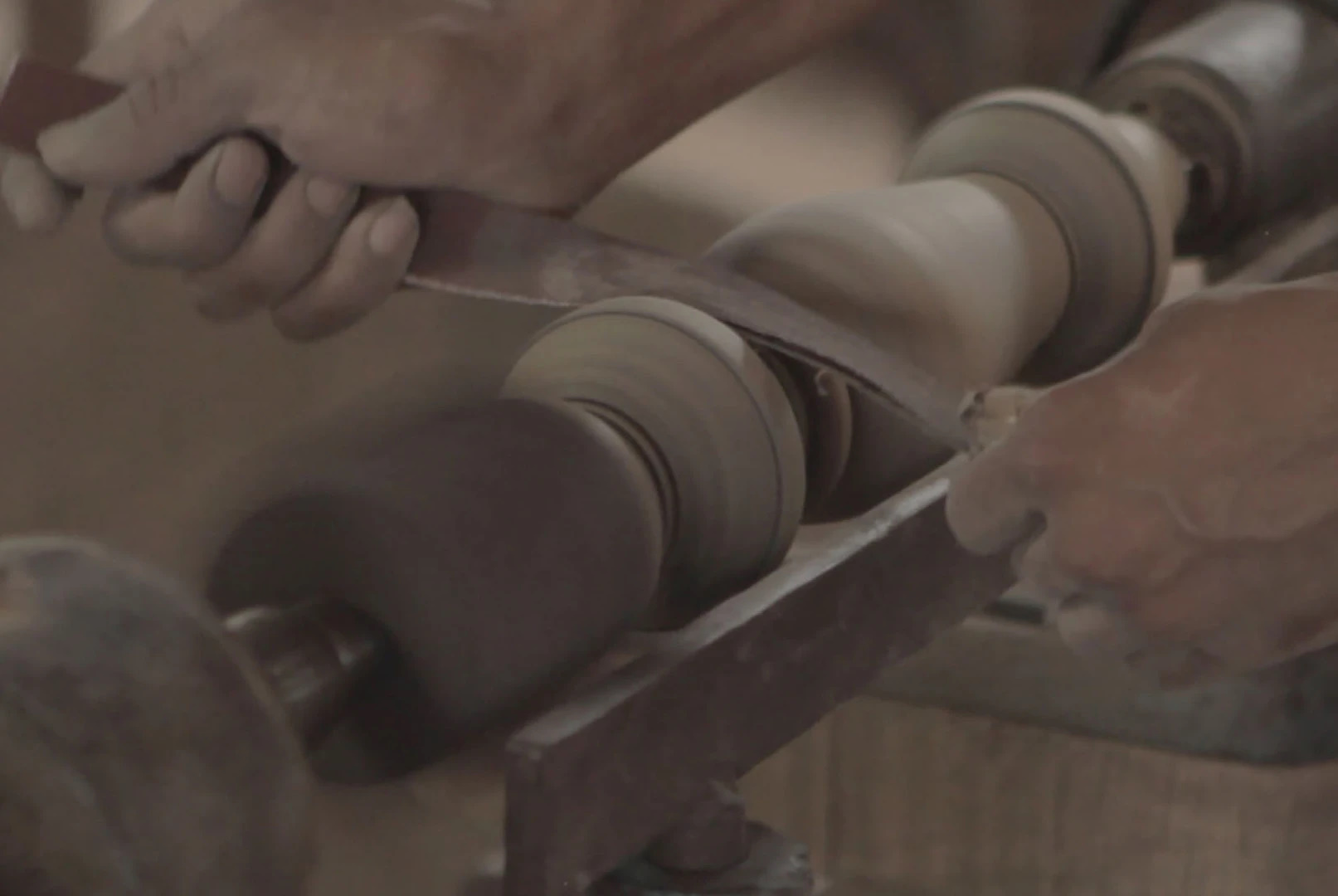

Hand-turned Components & Legs
A key element of the beauty and structural integrity of HTD solid wood furniture is it's handmade nature. Instead of using machines to turn wood components on a lathe, each individual component is handcarved on the turning machine. Similarly, each component is sanded by hand before removing from the lathe, as seen in the picture here. This creates an amazing beauty in the turned components.
SUPERIOR
CRAFTSMANSHIP
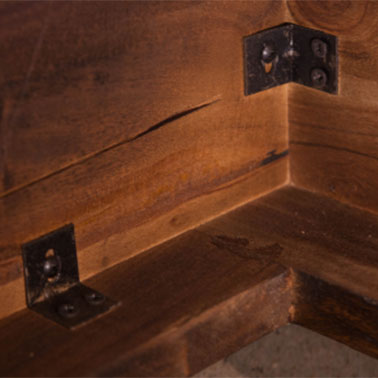

Floating Tops
Constructing furniture using solid hardwoods requires a high degree of technical accuracy and craftsmanship. Solid wood components must be allowed to expand and contract in order to prevent cracking and ensure structural integrity. One of the key methods of construction, to allow the natural movement, is using metal clips to attach tabletops and other panels. These clips have slots which allow for the natural movement of the wood.
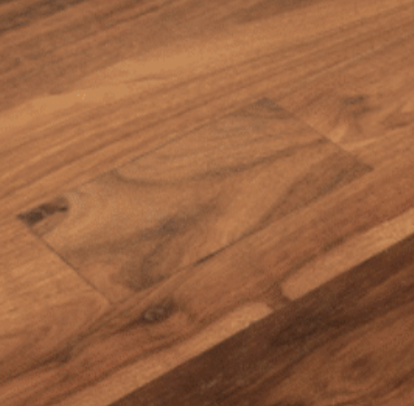

Dutchman Patches & Butterfly Joints
Often in reclaimed wood, there is the necessity to patch portions of the raw material that were used previously in old buildings, furniture, etc. When a dutchman patch is used care is taken to match grains and coloration as close as possible. Butterfy joints are used in solid wood to strengthen panels and other components where cracks may be present. In addition to adding to the heirloom quality of the product, both add beauty and uniqueness to each piece.
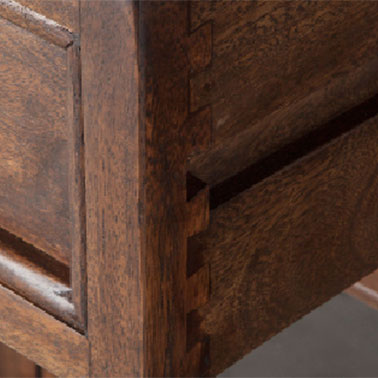

Dovetailed Drawers
An heirloom technique used over the centuries, dovetailing involves cutting interlocking grooves into the drawerfront and side panel which ensures long lasting durability even with daily use. Drawers also feature either wood glides (pictured), or metal glides with drawer stops for ease of use and safety. Drawers are constructed entirely of solid wood.
HTD TREE LIBRARY
Learn more about the trees that we use in our solid wood products.
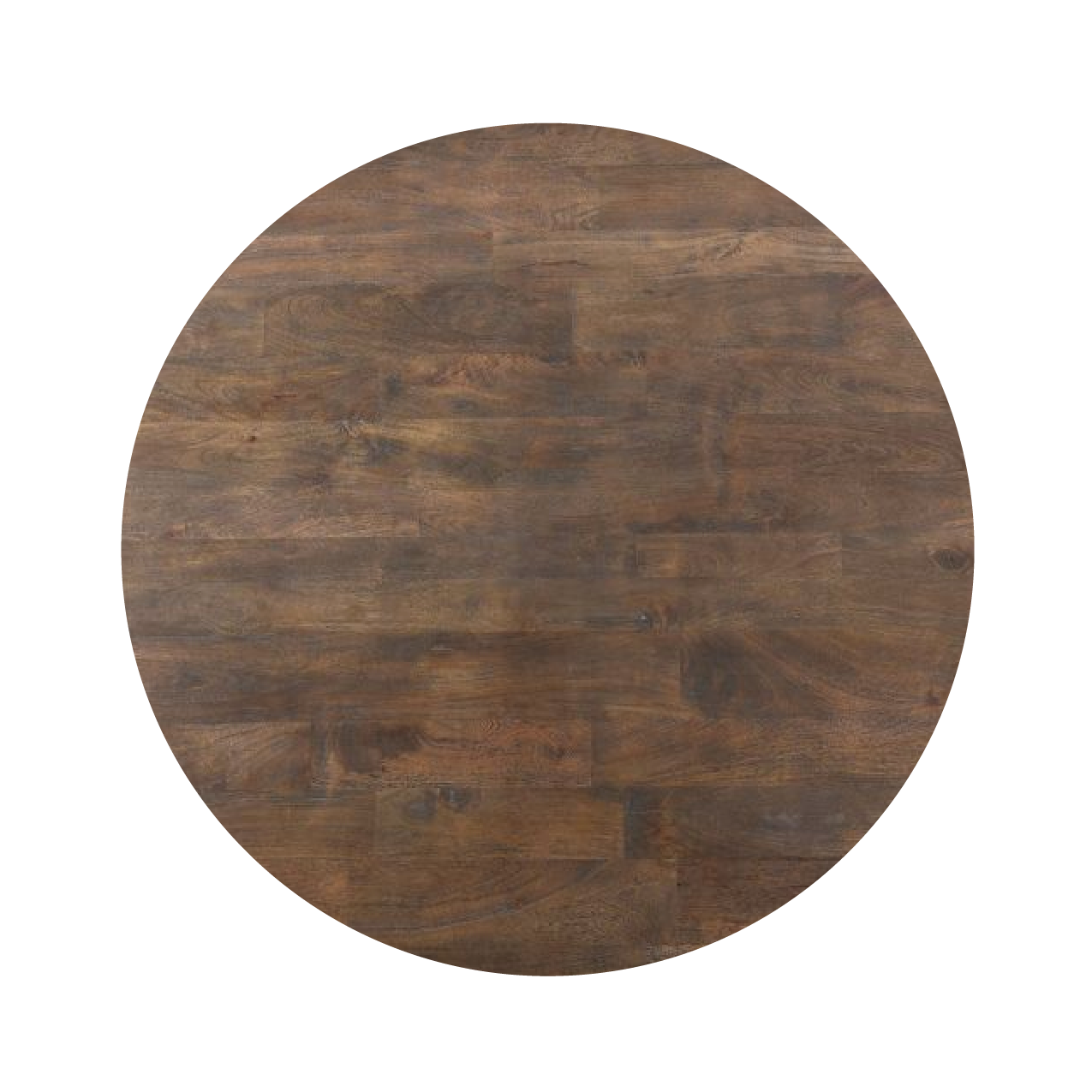

Mango Wood
Most Popular Fruit Tree Worldwide
Mango Trees top the charts globally as the most popular fruit tree
Ideal for Solid Wood Furniture
These fast-growing hardwoods boast dense grains, making them perfect for crafting durable and high-quality solid wood furniture
Sustainability and Regular Replanting
Harvested and regularly replanted due to their crucial role as a major food crop
Wood Quality
Comparable in quality to cherry or ash, enhancing its appeal for various applications
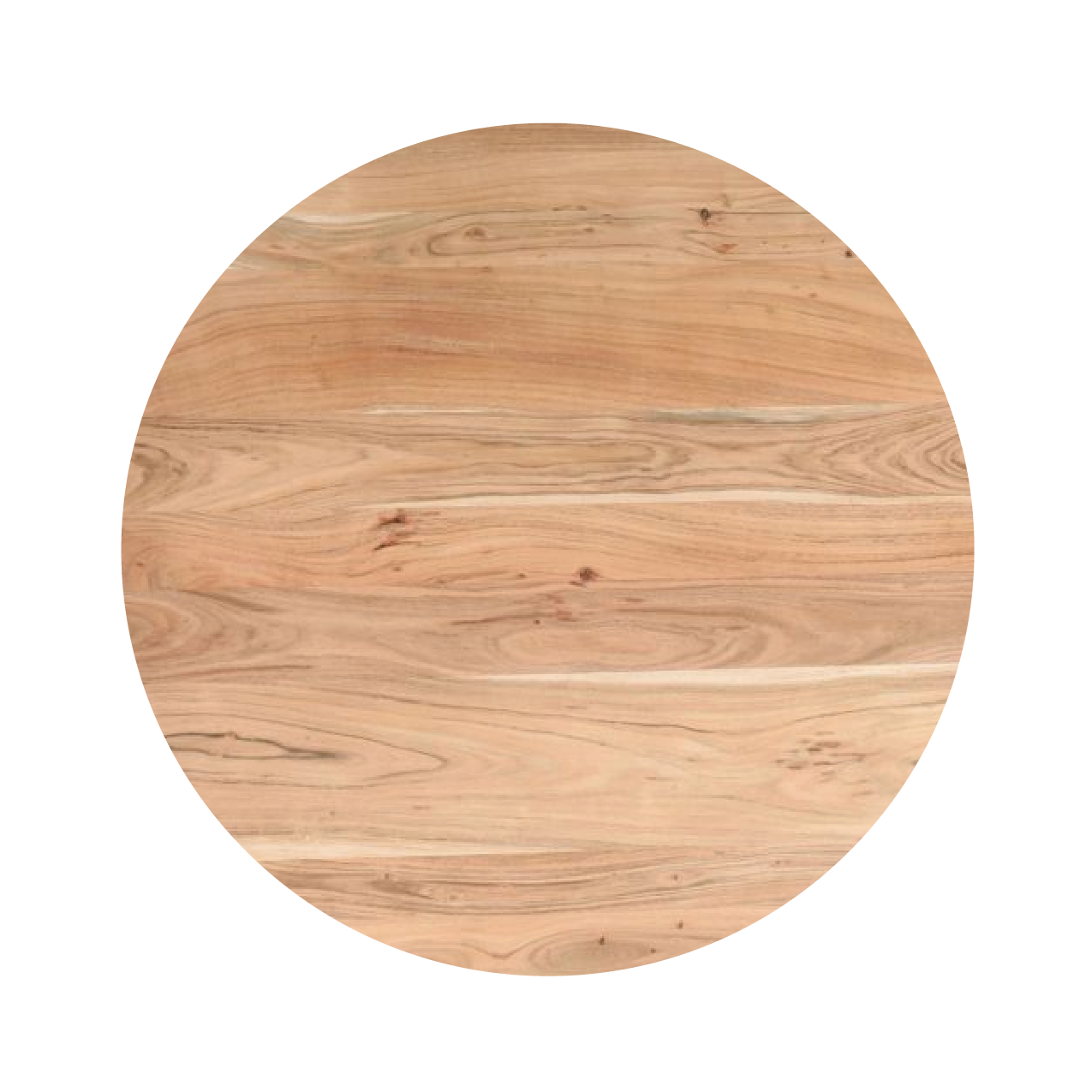

Acacia Wood
Diversity in Species
Over 2,000 species make Acacia the most common tree globally
Sustainable Harvesting
Harvested in accordance with government and forestry standards, ensuring responsible and eco-friendly practices
Dense and Durable
Exhibits exceptional density and quality, making it a long-lasting choice that can endure for generations
Rapid Maturity
Reaches maturity in just 5 years, contributing to its appeal for sustainable and efficient wood sourcing
Wood Quality
Comparable to mesquite wood, emphasizing its desirable characteristics and versatility
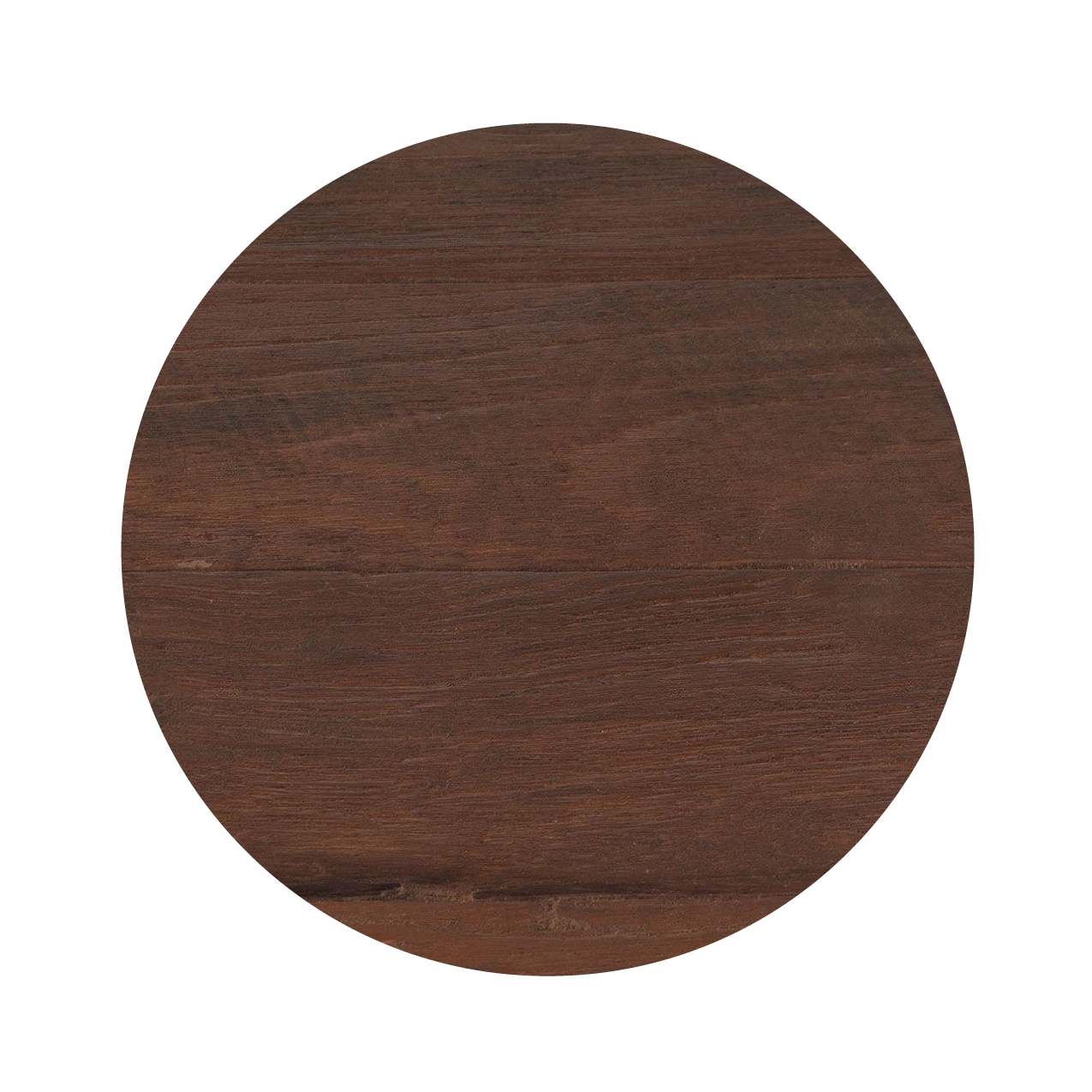

Reclaimed Teakwood
Prized Characteristics
Valued for its exceptional beauty, durability, and resistance to moisture, making it a sought-after material
Rich Heritage
Boasting a legacy of over 5000 years, a known staple in the Indian subcontinent for constructing buildings, furniture, and boats
Sustainable Reclamation
Continuously reclaimed and re-purposed for generations, highlighting its sustainability and timeless appeal
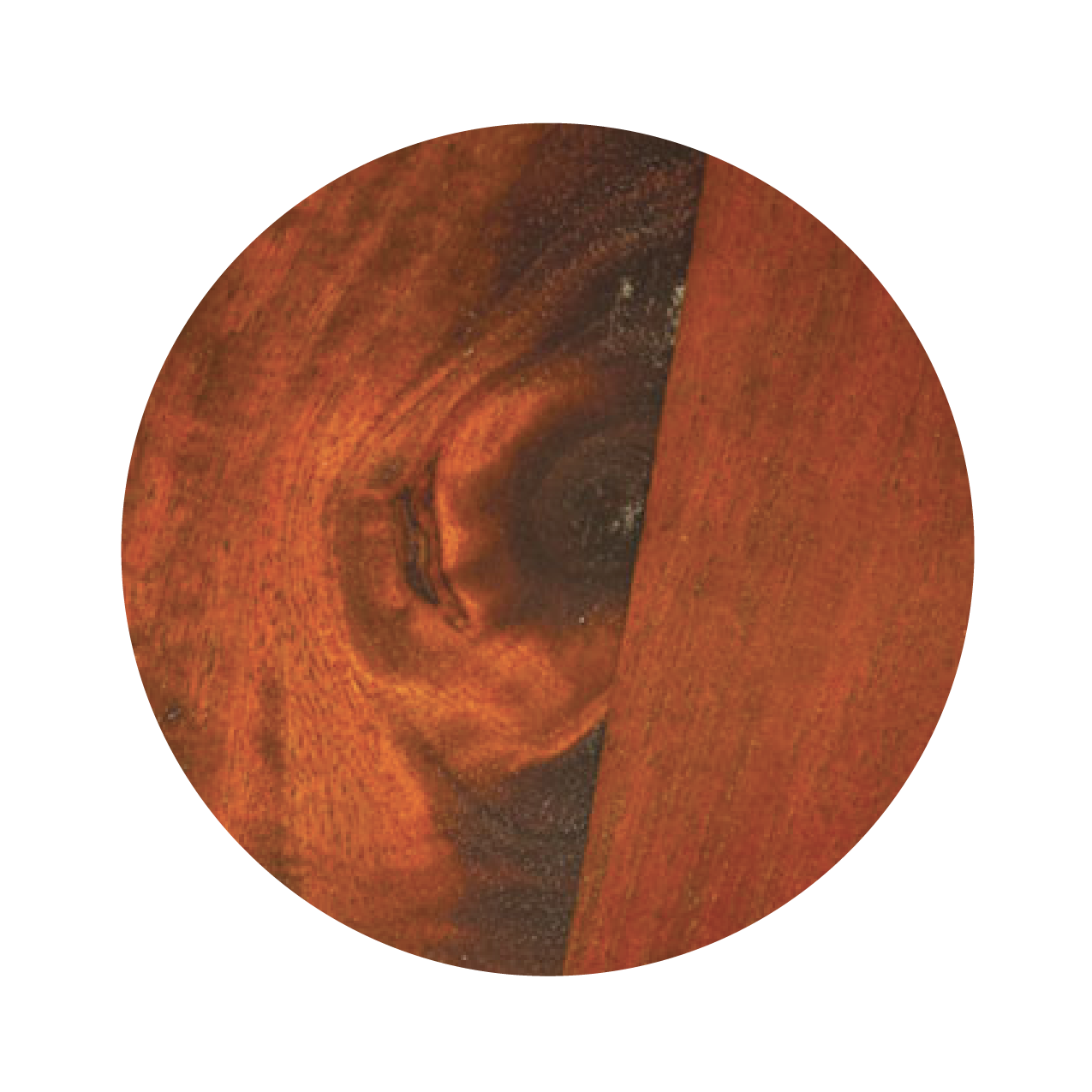

Reclaimed Neem & Saal Wood
Durable and Moisture-Resistant
Exhibits durability, moisture resistance, and natural insect-repelling qualities, ensuring longevity and resilience
Historical Origin
Reclaimed from palaces and forts, sourced as interior support beams, carrying a historical and authentic character
Cultural Significance
Primarily used as a building material in India, reflecting its cultural importance and traditional applications

